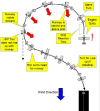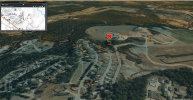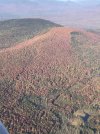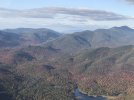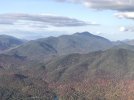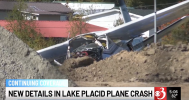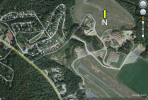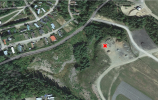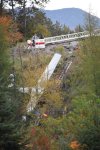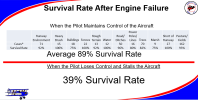- Joined
- Jun 11, 2015
- Messages
- 4,113
- Display Name
Display name:
Piperonca
You mean 90-270, assuming a downwind landing? One of the magazines did an article on impossible turns a while back. I’ll have to find it. There’s also some merit in a sloppy turn to crash land on airport property, which is generally flat.That's certainly consistent with a typical "180" back to the runway. Once you complete the 180 you've got another big turn in the opposite direction to come close to the runway itself. (That's one other reason the proving to yourself that a 180 degree turn uses only xxx feet of altitude is a completely useless metric when used to determine a safe "turn-back" altitude, yet I see people use it frequently.)
Last edited:

